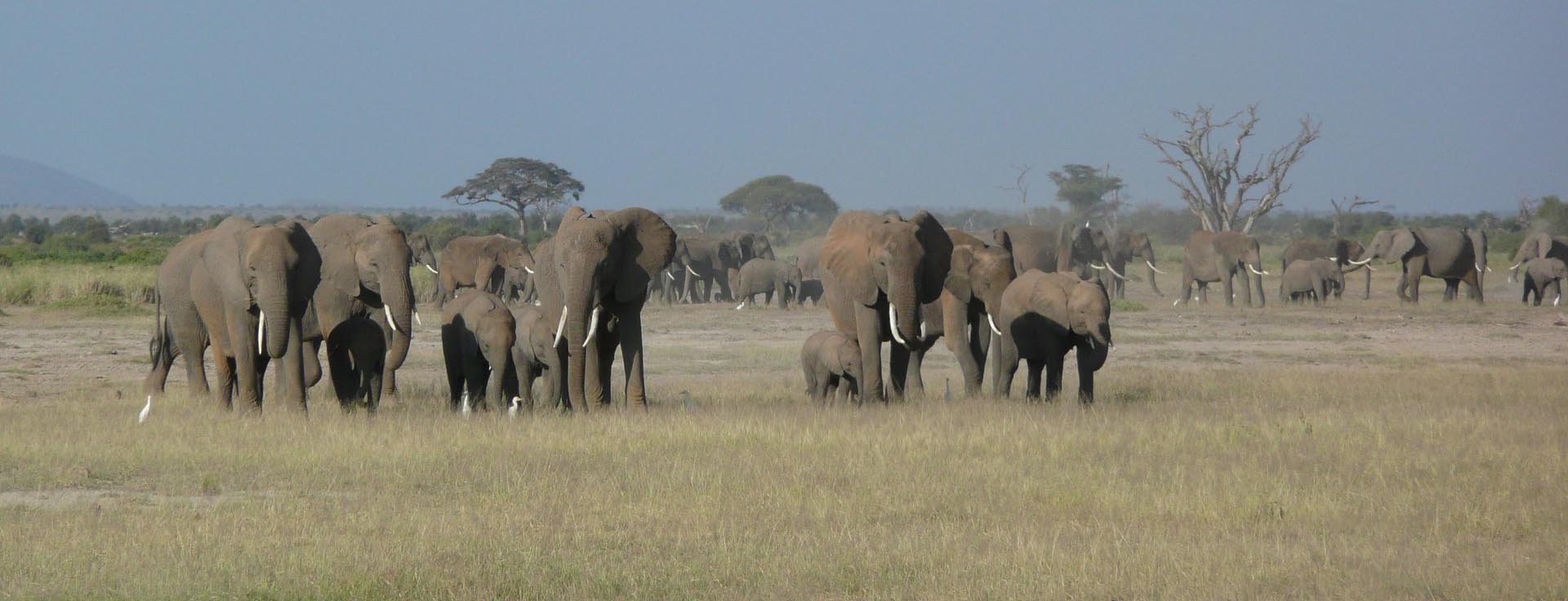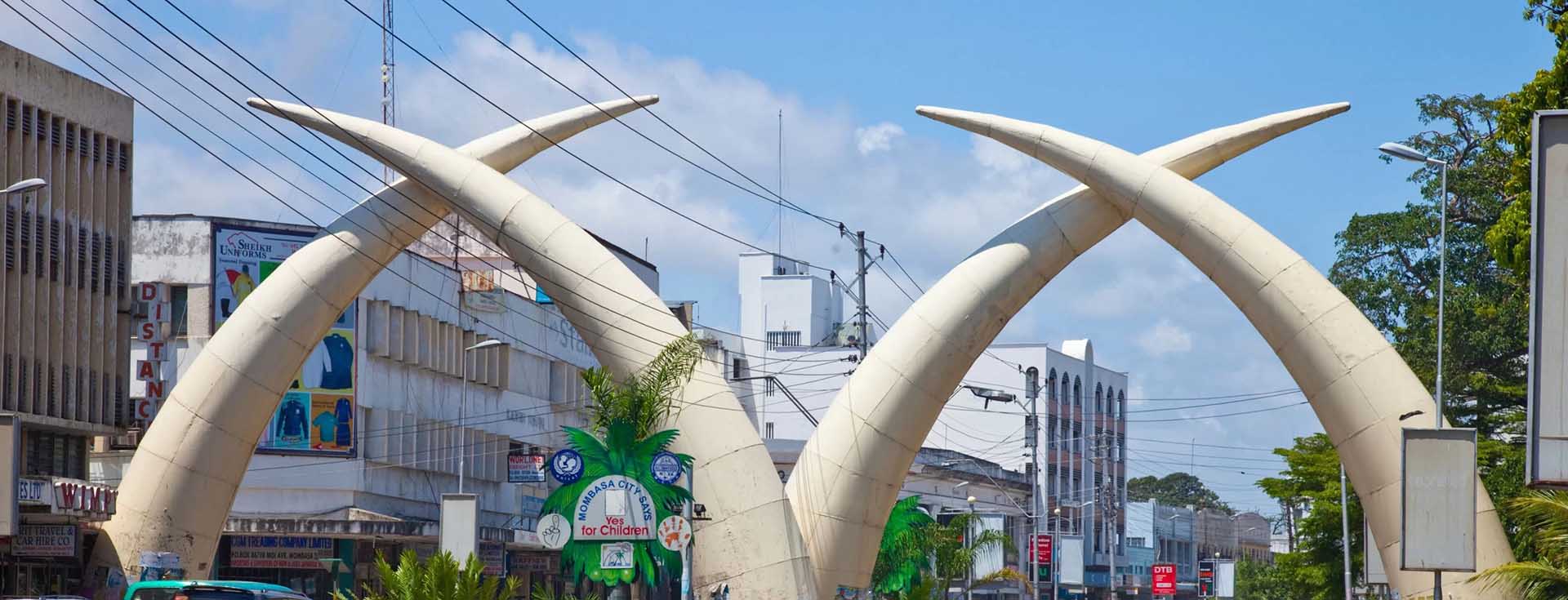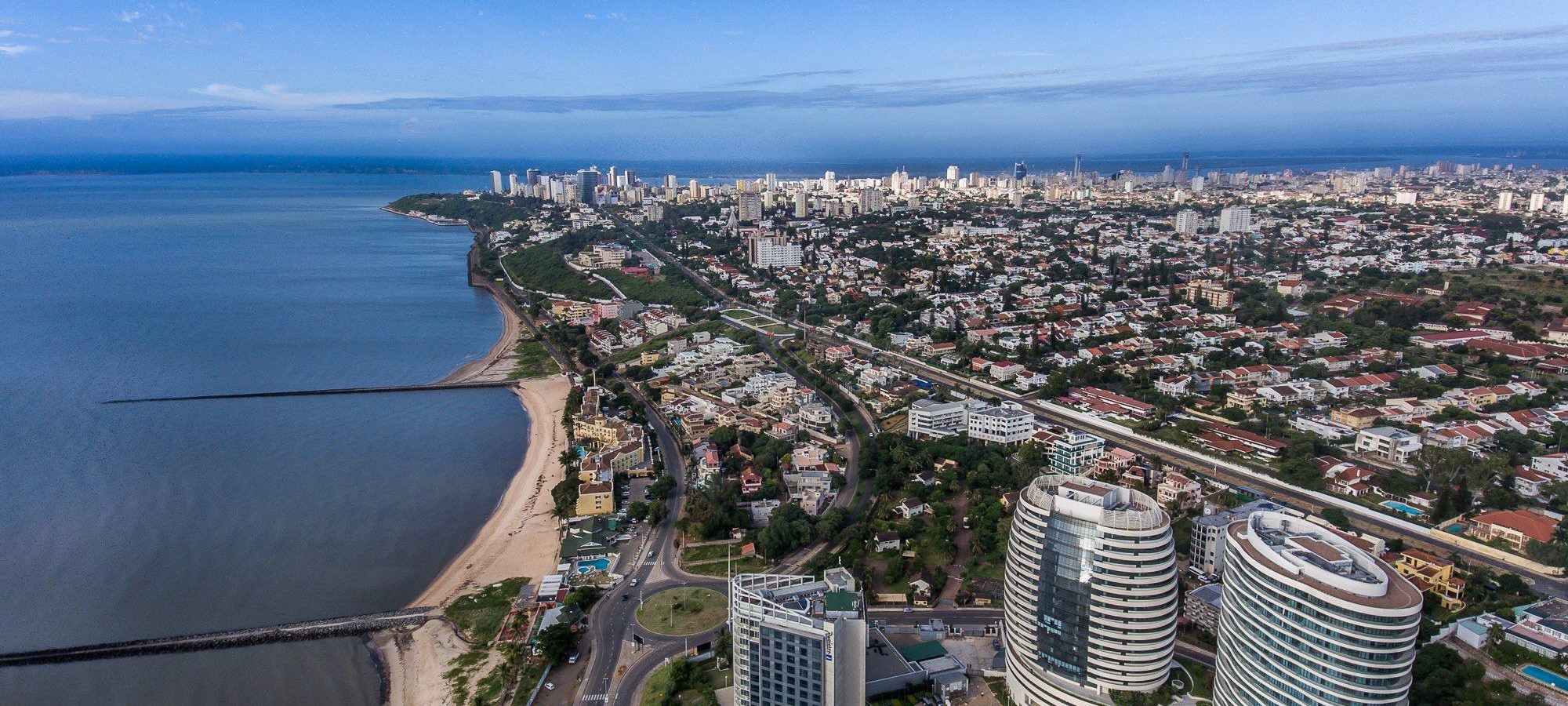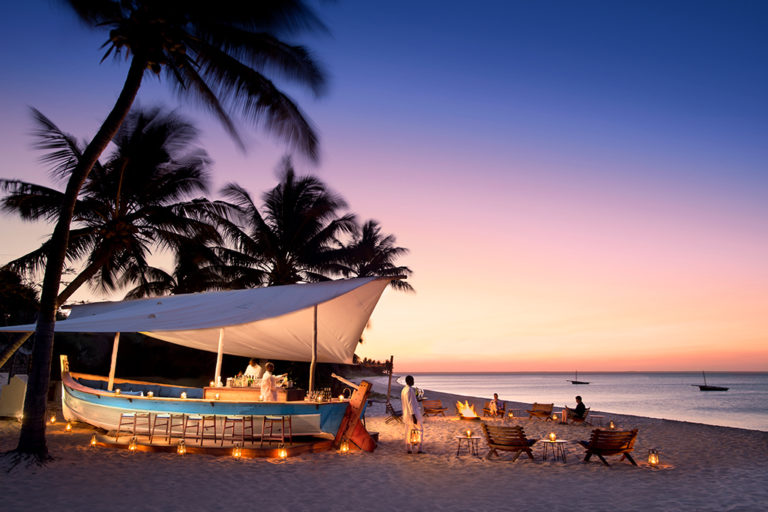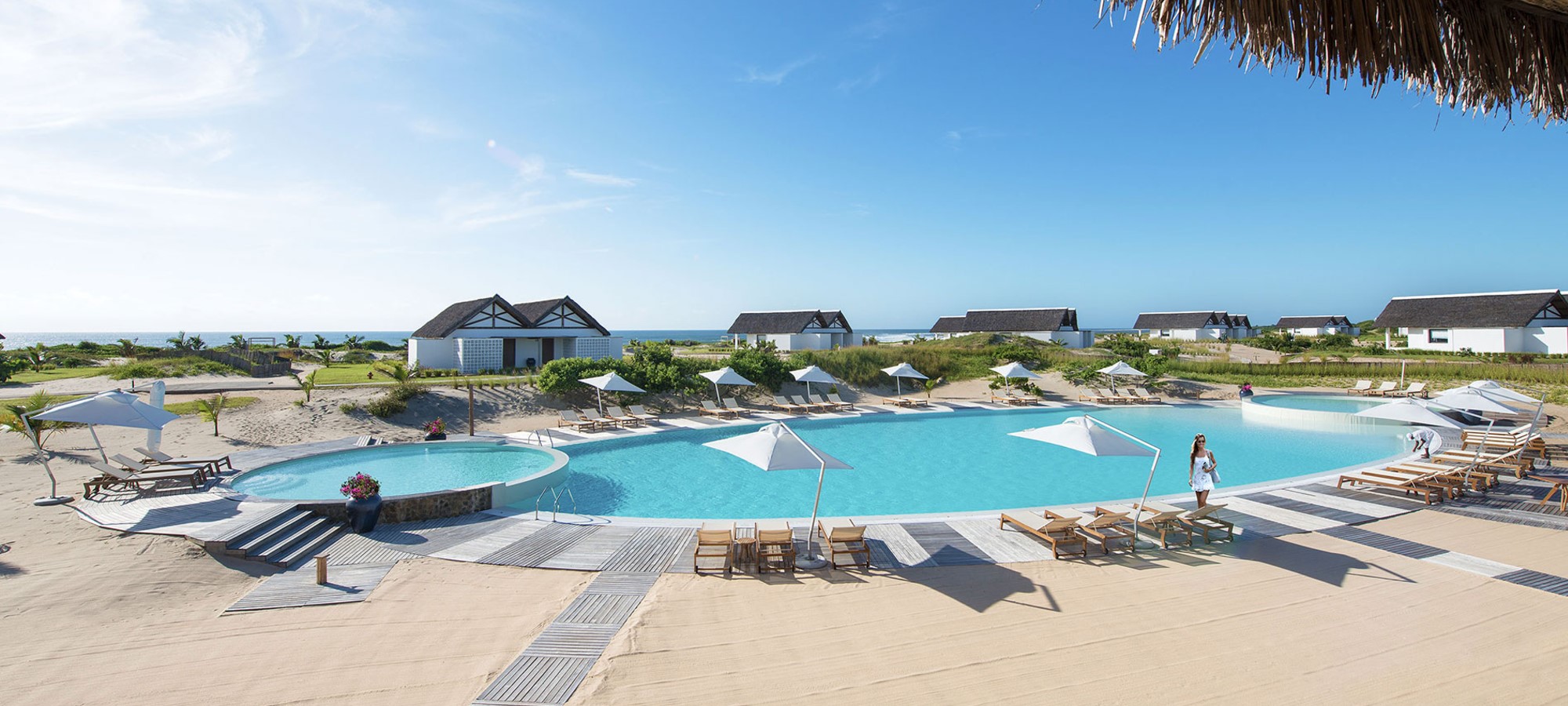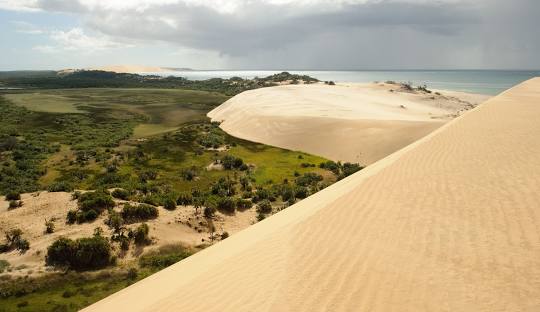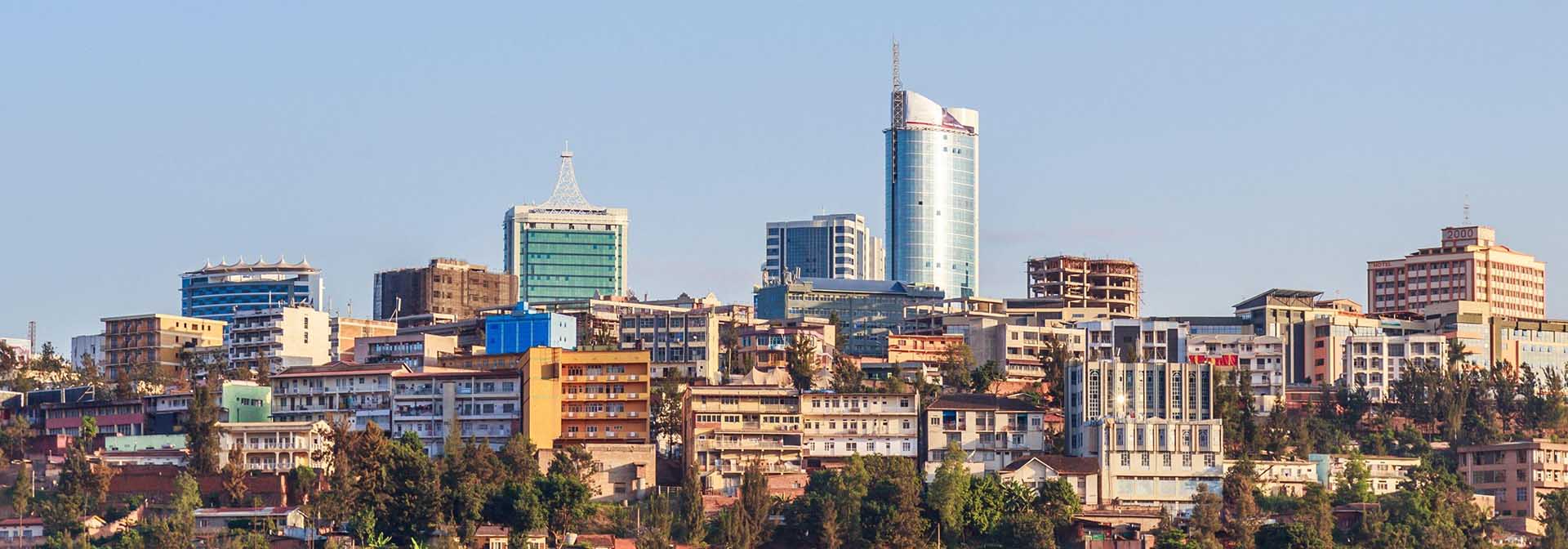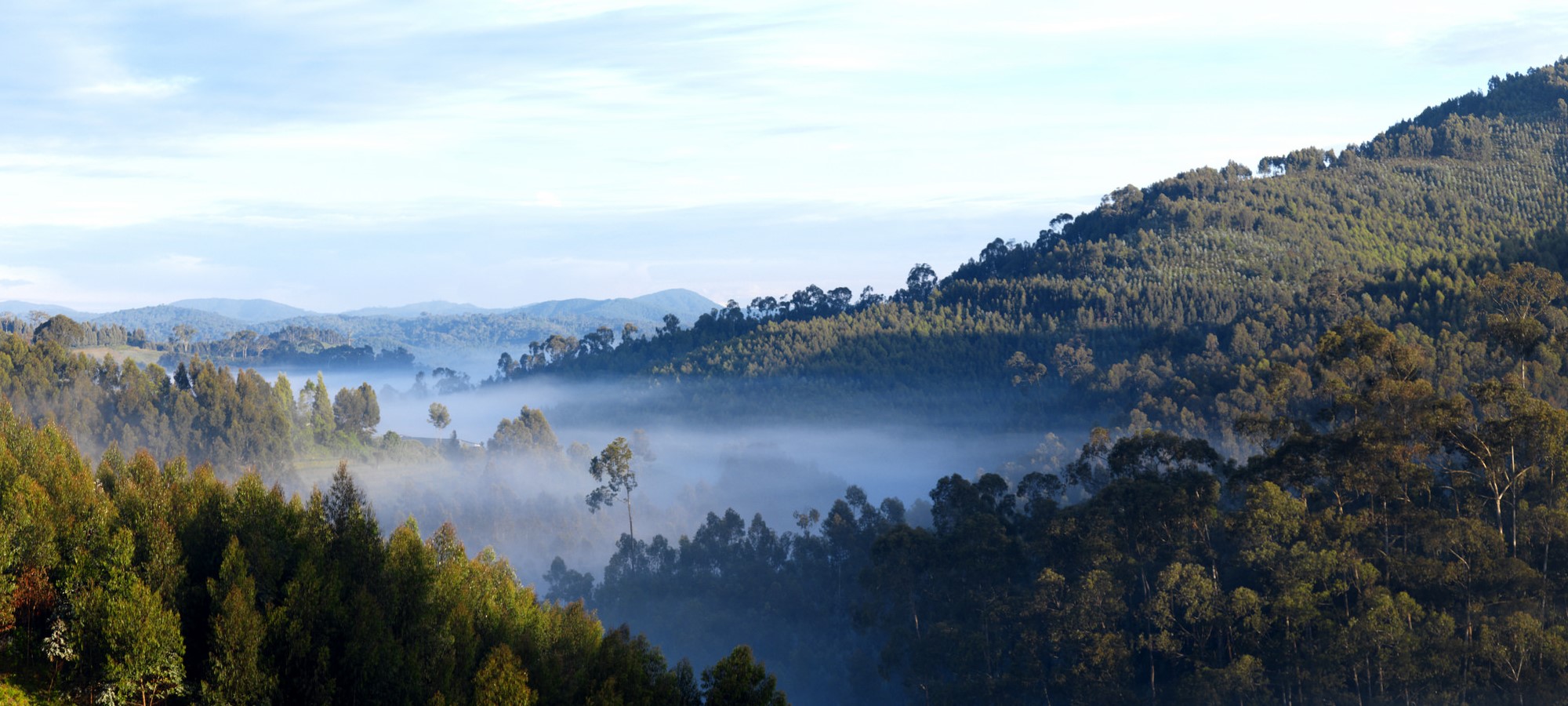Kenya Top Destinations
Lake Nakuru National Park
Lake Nakuru National Park is famous for its diverse avian population, boasting more than 400 bird species, including vast gatherings of flamingoes and various other aquatic birds. This park offers exceptional opportunities for wildlife observation and is a habitat for numerous water-dependent creatures like hippos and waterbucks. Exploring Lake Nakuru National Park on a safari can be accomplished within a single day or can be combined with a visit to Lake Naivasha and the neighboring Aberdare National Park, enhancing the overall experience.
Lake Nakuru National Park was established in 1961 and is currently spread across an area of 180km² (69.5 square miles). Situated in the Great Rift Valley, it is located 156km northwest of Nairobi in the Nakuru district of the Rift Valley Province. The park is under the management of the Kenya Wildlife Service.
Surrounded by marshes, woodland, and grassland, Lake Nakuru is a sizable and shallow lake. On its eastern side, you can find rocky outcrops and the largest euphorbia forest in Africa. The lake is nourished by three main rivers, namely the Njoro, the Makalia, and the Enderitrivers, along with several springs. The park boasts well-maintained roads and offers stunning viewpoints like Baboon Cliff and Lion Hill, which provide breathtaking vistas of the lake.
One of the remarkable features of Lake Nakuru is the presence of the blue-green Cyanophyte Spirulina Platensis, which serves as the primary food source for the vibrant pink flamingoes that can be observed wading along the lake’s edge. The number of flamingoes can reach up to two million, including both greater and lesser flamingoes, along with numerous other bird species. However, it is important to note that the bird population can vary due to changing food conditions. Therefore, it is advisable to check with the national park before embarking on a long journey to witness this spectacle. Carrying a spotter’s guide will also enhance your experience as you can identify the diverse range of animals and birds found in Kenya.
In addition to its avian inhabitants, Lake Nakuru National Park provides a safe haven for a multitude of native African animals. Visitors can encounter waterbucks, warthogs, impalas, buffalos, Rothschild giraffes, elands, endangered black rhinos, white rhinos, and occasionally, leopards. The northern part of the lake is home to a large herd of hippos, offering captivating game viewing opportunities.
By road:
The park is conveniently connected to Nairobi via a tarmac road, located 156 km northwest of the city on the main A104 road. The primary entrance to the park is through the main gate, which is only 4 km away from Nakuru Town Centre. Another option is to enter the park through Lanet Gate, which is situated along the main Nairobi Nakuru road. Additionally, the Nderit Gate serves as an entry point for those coming from Masai Mara or Elementaita.By Air:
The Naishi airstrip caters to the needs of both tourism and KWS activities within the park.The primary purpose of establishing the Lake Nakuru National Park was to safeguard the vast population of flamingos. Along the shores, waterbucks, Bohor-Reedbuck, and zebras can be seen leisurely grazing. Lake Nakuru serves as a habitat for both black and white rhinoceroses. Unfortunately, due to the detrimental impact of poaching, the number of black rhinoceroses had dwindled to just two by 1987. However, through the creation of a protected area for rhinoceroses within the park and implementing a breeding program in collaboration with Laikipia, the Kenya Wildlife Service (K.W.S.) successfully managed to increase the rhinoceros population. Observing wildlife in their natural habitat is relatively effortless and can be enjoyed until sunset. The forested areas of the park are home to various species such as buffalo, leopard, lion, Rothschild giraffe, and Colobus monkeys.
The climate surrounding the lake varies from cool to hot and humid. With an annual rainfall of 965mm, it is comparatively lower than several other regions in Kenya. The months of March to May and October to December experience the highest precipitation, although it is still not as heavy as in other areas.


